Fix: This video file cannot be played. (Error Code: 102630)
Code 102630 is a playback error which indicates that the video file you have selected is missing from the playlist. This error mainly occurs when playing videos on the web browser. You get this error because the browser does not support the video. This prevents the video from playing and as a result, you receive the “this video file cannot be played. (error code 10263)” message.
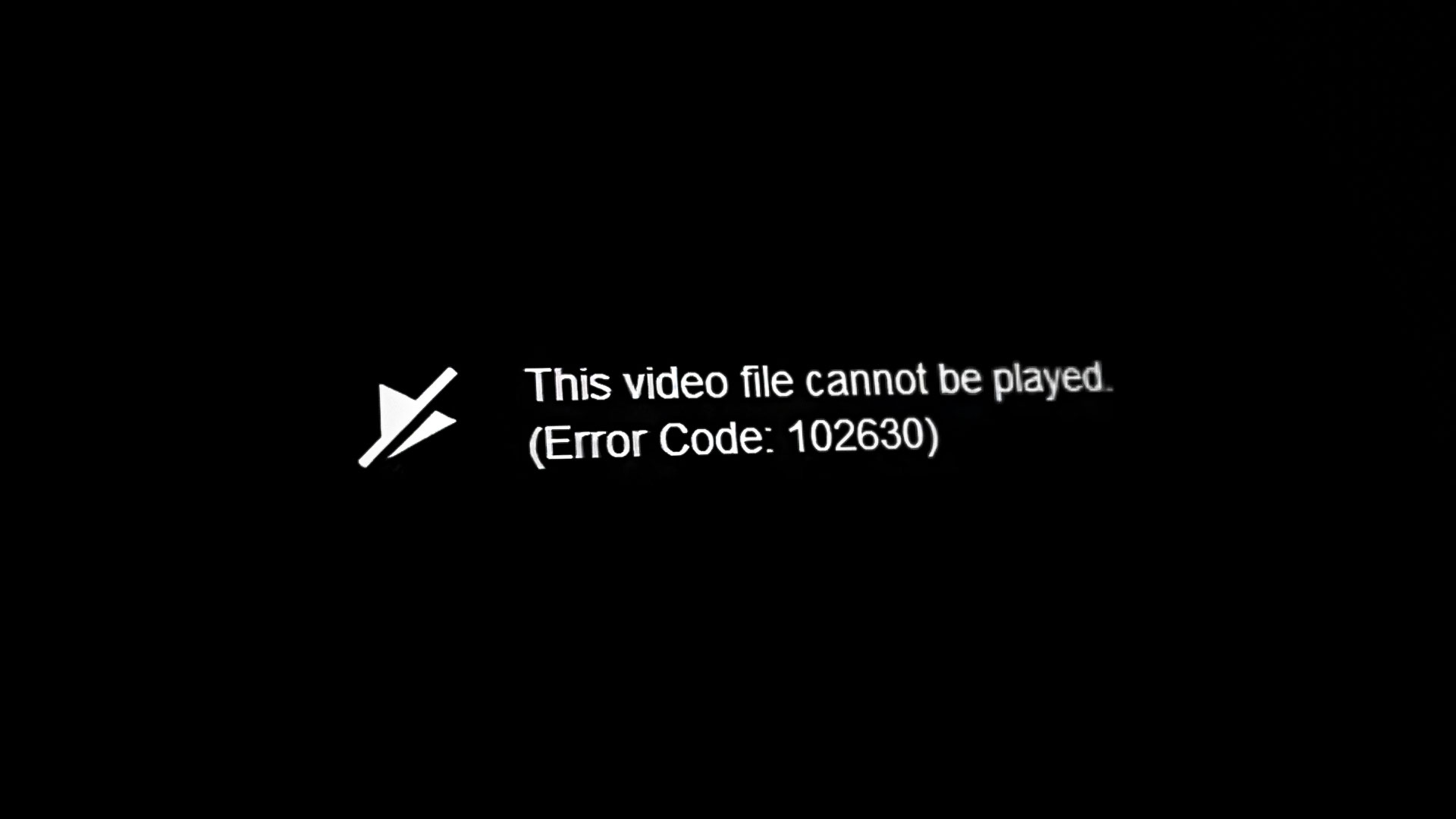
In this guide, we will be showing you what to do when you face Error Code 102630.
Workaround: Relaunch your browser
Regardless of the issue not being caused mainly by the browser, it is still a workaround to restart your Browser when faced with such an error. A proper relaunch will start the browser will all the required cookies. This can help you access the video you want to play on the browser.
- Right-click the Windows start menu and select the “Task Manager” option.
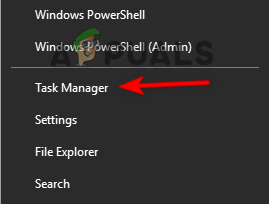
Opening the Task Manager - Open the “Process” tab and if the browser is running in the background, right-click on it and select “End Task” to completely close it.
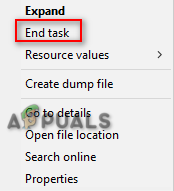
Ending the Task
1. Use an alternate browser
One of the easiest things you can do when facing this error is by using an alternate browser to display the video file at fault. In most cases, it is the browser causing the issue. Therefore, trying an alternate option will help.
2. Restart your internet connection
When playing local videos online, a weak internet connection will become the reason for a slow display. Having an unstable connection will lead to such errors that prevent you from playing video files online. Therefore, check your internet connection first before doing the other method. Below we have given instructions for restarting your Internet connection:
Disable Wi-Fi connection
- If you are using a Wi-Fi connection on your system, you must disable your Wi-fi.
- Click on the Wi-Fi option on the right-most part of the taskbar.
- Disable the Wi-Fi connection by clicking on the “Airplane mode” option.
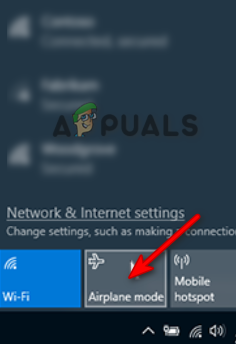
Enabling the Airplane Mode
Disable ethernet connection
If you are using a computer with an Ethernet Connection, you must unplug your Ethernet cable to disable the internet connection.
3. Update your browser
An outdated browser also causes an error when playing a local video file. Therefore, you must check for available updates and keep your browser up to date at all times. Your browser can be updated with the instructions listed below:
- Click on the three dots in the top right corner of the browser
- Navigate to Settings > About.
- Click on Update and let the browser download the available update.
- Once the update is automatically downloaded relaunch the browser and play the video file.
4. Disable hardware acceleration
Hardware Acceleration is a built-in feature in your Browsers that helps utilize your GPU. However, this feature negatively impacts the browser by preventing it from displaying properly. Therefore you must disable this feature and keep your browser in the proper display. You can disable the Hardware Acceleration feature with the instructions below:
- Launch the browser and open its settings (we have used Google Chrome here)
- Click on the three dots in the top right corner of the browser
- Navigate to Settings > System.
- Disable the Hardware Acceleration feature by turning off the “Use hardware acceleration when available” toggle button.

Turning off hardware acceleration - Now, open the video file that was at fault.
5. Remove third-party VPN extensions
Having a third-party VPN extension on your browser will also negatively impact the browser. Since certain areas do not allow a local video to be played. Therefore, using a VPN extension will prevent the video file from opening. Therefore, you must remove the third-party VPN extensions added to your browser. You can do that with the instructions given below;
- Click on the three dots in the top right corner of the browser
- Now, navigate to More tools > Extensions.
- Turn off the Extensions by clicking on their toggle button.
- Remove the VPN extensions by clicking on the “Remove” option next to them.
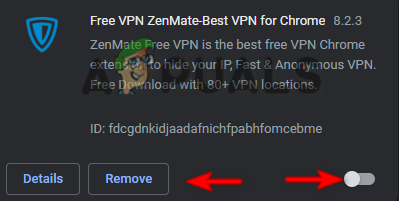
Removing VPN extension - Relaunch your browser and run the video file.
- Open the Windows Settings by pressing the Win + I keys together.
- Navigate to Network and Internet > VPN.
- Click on the added VPN and disable it by clicking on the “disconnect” option.
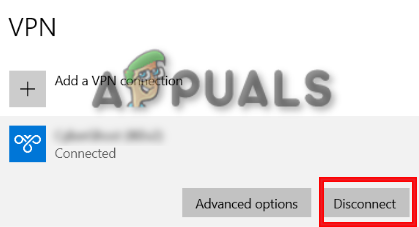
Disconnecting VPN
6. Delete corrupted cache and cookies
The browser cache saves temporary data. When this data gets corrupted, it will cause issues with your browser. Therefore, you must also delete your browser cache and cookies when facing this error. Below we have given the steps to delete the corrupted cache and cookies on your browser:
- Click on the three dots in the top right corner of the browser
- Navigate to Settings > Privacy and security.
- Now, click on the “clear browsing history” option under “privacy and security”
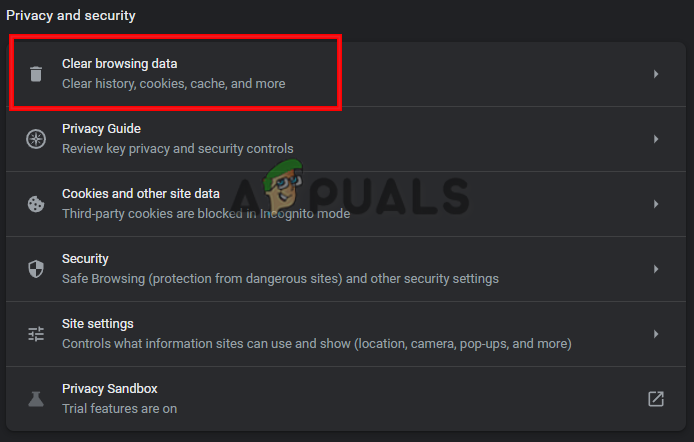
Clearing browsing data - Click on the “Advanced” tab and uncheck the “Password and other sign-in data” box.
- Check the “Cookies and other site data” and “Cached image and files” boxes.
- Click on the Time Range option and set the option to “All time.”
- Delete them by clicking on the “Clear data” option.
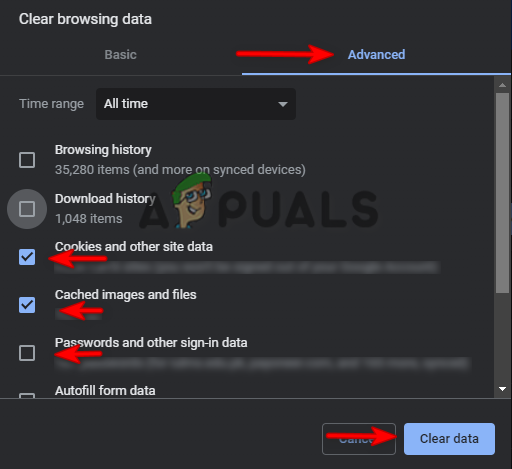
Deleting corrupted cache and cookies





